Home>diy>Architecture & Design>How To Design A House In Architecture
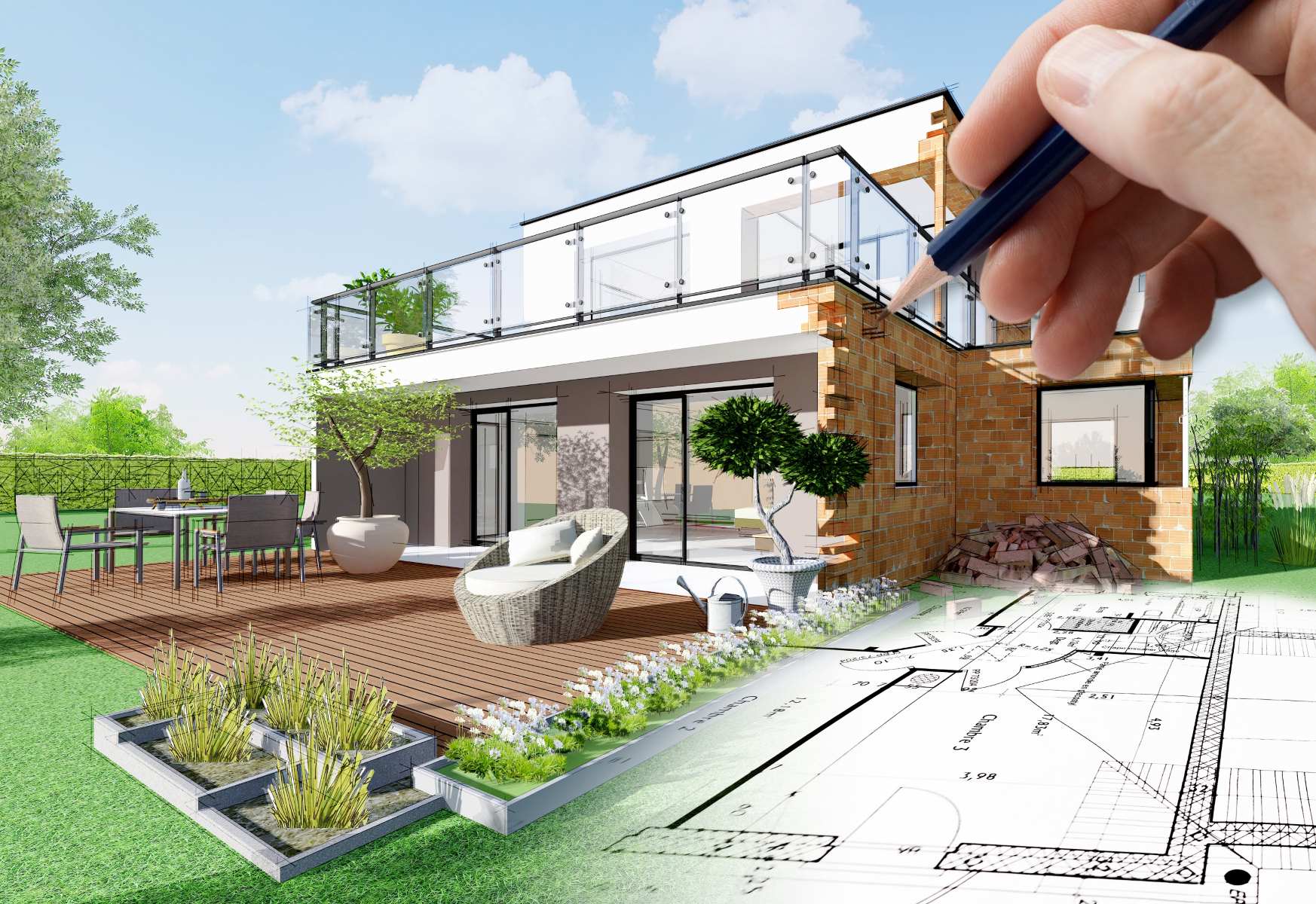

Architecture & Design
How To Design A House In Architecture
Modified: December 7, 2023
Learn the step-by-step process of designing a house in architecture. Get expert tips and insights on architecture design for your dream home.
(Many of the links in this article redirect to a specific reviewed product. Your purchase of these products through affiliate links helps to generate commission for Storables.com, at no extra cost. Learn more)
Introduction
Designing a house is a complex and intricate process that requires a deep understanding of architecture principles and a keen eye for aesthetics. Whether you are a homeowner looking to build your dream house or an aspiring architect seeking to enter the field, learning the fundamentals of house design is essential.
In this article, we will explore the step-by-step process of designing a house, from conceptualizing the design to collaborating with construction professionals. We will delve into the various elements that need to be considered, including floor plans, structural elements, functional spaces, exterior design, interior finishes, and more. By the end of this article, you will have a comprehensive understanding of how to design a house and create a living space that is both beautiful and functional.
Before we dive into the intricacies of house design, it’s important to understand the basics of architecture. Architecture is more than just creating visually appealing structures; it involves finding a balance between form and function. An architect must consider the needs and preferences of the occupants while ensuring that the design is structurally stable, energy-efficient, and adheres to building codes and regulations.
Now, let’s take a closer look at each step involved in the house design process and gain a deeper understanding of how to bring your architectural vision to life.
Key Takeaways:
- Designing a house involves understanding architecture basics, conceptualizing the design, creating functional spaces, and integrating lighting and HVAC systems. Collaboration with construction professionals is crucial for a successful outcome.
- The house design process includes finalizing the design, obtaining permits, and collaborating with construction professionals. Selecting the right materials, finishes, and lighting contributes to a cohesive and visually appealing living space.
Read more: How To Design A House
Understanding the Basics of Architecture
Before embarking on a house design project, it is crucial to have a solid understanding of the fundamentals of architecture. Architecture is both an art and a science, integrating creative design with engineering principles to create functional and aesthetically pleasing structures.
Firstly, familiarize yourself with architectural styles and movements. From modernist to classical, each style has its own unique characteristics and influences. By studying different architectural styles, you can gain inspiration and develop a sense of the design elements that resonate with you.
Next, learn about the principles of architectural design. These include scale, proportion, balance, symmetry, and unity. Scale refers to the size of elements in relation to each other and the overall structure. Proportion involves the harmonious relationship between different parts of the design. Balance can be achieved through symmetrical or asymmetrical arrangements. Unity ensures that all elements work together cohesively.
In addition to design principles, it is essential to understand structural considerations. Architects must have knowledge of materials, construction methods, and structural systems to ensure the stability and safety of the building. Factors such as load-bearing walls, foundations, and roof structures need to be carefully considered during the design process.
Another aspect to consider is sustainability and energy efficiency. With increasing concerns about the environment, architects now strive to incorporate sustainable design practices. This includes using eco-friendly materials, utilizing natural ventilation and daylighting, and implementing energy-efficient systems such as solar panels or geothermal heating.
Furthermore, gaining proficiency in architectural drafting and rendering software is beneficial for the design process. Programs such as AutoCAD, SketchUp, or Revit enable architects to visualize and communicate their ideas effectively.
Lastly, understanding the role of architectural drawings is crucial. Drawings such as floor plans, elevations, sections, and 3D renderings are essential for communication between architects, clients, and contractors. These drawings provide a visual representation of the design and serve as a guide during construction.
By grasping the basics of architecture, you will have a solid foundation to approach the house design process. It is important to continuously expand your knowledge and stay updated with the latest trends and innovations in the field of architecture.
Conceptualizing the Design
Once you have a solid understanding of the basics of architecture, the next step in designing a house is conceptualizing the design. This stage involves developing a vision for the overall look and feel of the house, taking into consideration factors such as the site, the client’s preferences, and the surrounding environment.
Start by conducting thorough research and gathering inspiration from various sources. Explore architectural magazines, online platforms, and visit architectural exhibitions to collect ideas that resonate with your vision. Create mood boards or digital collages to visually organize your inspirations and begin to form a cohesive concept.
Consider the site characteristics and constraints during the conceptualization phase. Factors such as topography, climate, views, and access should influence the design. For instance, a house situated on a hillside may require a design that responds to the steep terrain, while a house in a hot climate may incorporate shading elements to reduce heat gain.
Collaborate closely with the client to understand their needs, lifestyle, and design preferences. Conduct interviews and design workshops to gather their input and create a design that reflects their personality and functional requirements. Communication is key to ensuring that the final design meets the client’s expectations.
During the conceptualization phase, it is also important to consider the spatial organization and flow of the house. Think about how different spaces will be connected and how they will serve the occupants’ daily activities. Pay attention to the relationship between public and private areas, circulation patterns, and the integration of indoor and outdoor spaces.
Explore different design concepts and develop schematic designs that capture the essence of your vision. Sketch rough floor plans, create simple 3D models, or use virtual reality tools to visualize the spatial layout and get a sense of the design’s scale and proportions.
Seek feedback and critique from peers, mentors, and other professionals in the field of architecture. Present your conceptual designs to gather constructive input and refine your ideas. This collaborative approach can help you identify strengths and weaknesses in your design and push your creativity to new heights.
Ultimately, the conceptualization phase is an opportunity to set the tone and direction for the entire design process. It requires creativity, an open mind, and the ability to think critically about how to translate ideas into a cohesive architectural concept.
Creating the Floor Plan
Creating a well-thought-out floor plan is one of the most crucial steps in the house design process. The floor plan serves as the blueprint for the layout and organization of the house, indicating the arrangement of rooms, circulation paths, and functional zones.
When creating a floor plan, it is important to consider the needs and lifestyle of the occupants. Start by identifying the key spaces that are essential for comfortable living, such as bedrooms, bathrooms, living areas, kitchen, dining room, and utility spaces. Allocate adequate space for each area, taking into account functionality and privacy.
Consider the flow and circulation within the house. Ensure that there is a logical and efficient connection between rooms, minimizing unnecessary travel distances. For example, locate bedrooms away from noise sources, and position the kitchen in close proximity to the dining area for ease of serving meals.
Pay attention to the size and proportions of the rooms. Consider how furniture and fixtures will fit into the space, allowing for comfortable movement and functionality. Consult building codes and regulations to ensure compliance with minimum room dimensions and accessibility requirements.
Another important aspect to consider is natural light and ventilation. Place windows strategically to maximize daylighting and create a pleasant living environment. Design openings in a way that allows for cross ventilation, promoting air circulation and reducing the need for artificial cooling.
Flexibility is also an essential consideration when designing a floor plan. Anticipate future needs and potential changes in the occupants’ lifestyle. Incorporate adaptable spaces that can be easily transformed for different purposes or be converted into additional rooms if necessary.
Use architectural drawing software to create detailed floor plans. Include accurate measurements, labeling of rooms and spaces, and indicate the placement of doors, windows, and other architectural features. This will enable builders, contractors, and other professionals to understand and interpret the design accurately.
Once the initial floor plan is created, review and evaluate its functionality and efficiency. Seek feedback from both professionals and potential occupants to identify any areas that may need improvement or adjustment. Revise the floor plan as needed to ensure that it meets the desired objectives and creates a comfortable living environment.
Remember, the floor plan sets the foundation for the overall design of the house. It is where form and function converge, and careful consideration should be given to every aspect to create a harmonious living space.
Determining the Structural Elements
Once the floor plan has been finalized, the next step in designing a house is determining the structural elements. The structural components of a house are essential for ensuring its stability and safety, and they play a significant role in the overall design.
Begin by consulting with a structural engineer who will evaluate the structural requirements of the design. The engineer will assess factors such as the size of the building, the materials to be used, and the local building codes and regulations. They will determine the appropriate structural system, which could include options such as concrete, steel, or timber.
The structural elements that need to be considered include the foundation, walls, columns, beams, and roof structures. The foundation provides a stable base for the entire structure and is typically constructed using reinforced concrete. The walls, which can be load-bearing or non-load-bearing, support the vertical loads of the building and provide separation between spaces.
Columns and beams are structural members that support the weight of the building and distribute it to the foundation. They are designed to withstand the forces acting on the structure, such as gravitational forces and lateral forces from wind or seismic activities. The roof structure, including trusses or beams, is designed to provide support and stability to the roof covering.
When determining the structural elements, it is important to strike a balance between functionality and aesthetics. The structural components should not only meet the required load-bearing capacity but also integrate seamlessly into the overall design. This can be achieved by incorporating architectural features that enhance the visual appeal of the structure, such as exposed beams or unique column designs.
Consider the overall architectural style and design concept while determining the structural elements. Different styles may require specific structural considerations. For example, a contemporary design may utilize large glass panels and open floor plans, necessitating innovative structural solutions to accommodate these elements.
Throughout the design process, it is crucial to maintain collaboration and communication with the structural engineer. They will provide guidance and expertise to ensure that the structural components are designed to meet safety standards and codes. They will also review the structural drawings and calculations to verify the integrity of the design.
Remember, the structural elements of a house are the backbone of its design. A well-engineered and aesthetically pleasing structure not only provides safety and stability but also enhances the overall architectural beauty of the house.
Read more: How To Design A Concrete House
Incorporating Functional Spaces
Designing functional spaces is a crucial aspect of creating a well-designed house. These spaces should cater to the specific needs and activities of the occupants while enhancing their overall living experience.
Start by analyzing the requirements of the occupants. Consider their daily routines, hobbies, and lifestyle preferences. This will help determine the necessary functional spaces to include in the design.
One of the key areas to focus on is the kitchen. The kitchen is often considered the heart of the home, where meals are prepared, and family and friends gather. When designing the kitchen, prioritize functionality and efficiency. Plan the layout in a way that allows for easy movement and accessibility to appliances and storage areas.
The living and dining areas are essential spaces for relaxation, entertainment, and socializing. These areas should be designed to accommodate comfortable seating arrangements and provide ample space for activities. Consider the flow between these spaces to create a seamless transition and promote connectivity.
Bedrooms are private retreats, providing a place for relaxation and rejuvenation. Pay attention to the layout, ensuring that there is adequate space for furniture, storage, and movement. Incorporate elements that promote tranquility, such as soft lighting and sound insulation.
Bathrooms are another important functional space. Design them to be efficient and comfortable. Consider the placement of fixtures, storage options, and ventilation. Incorporate materials and finishes that are resistant to moisture and easy to clean.
As part of creating functional spaces, it is important to consider storage solutions. Adequate storage space is essential for maintaining a clutter-free environment. Incorporate built-in cabinets, shelves, and closets to maximize storage capacity without sacrificing aesthetics.
Additionally, consider incorporating multipurpose spaces in the design. These spaces can serve multiple functions, such as a home office that doubles as a guest room or a playroom that can be easily converted into a study area. This flexibility allows the house to adapt to changing needs and lifestyles over time.
While designing functional spaces, pay attention to the visual aesthetics as well. Think about the overall design theme and incorporate materials, colors, and textures that create a harmonious and inviting atmosphere.
Lastly, don’t forget about outdoor spaces. Patios, gardens, or balconies provide opportunities for outdoor living, relaxation, and connection with nature. Consider the integration of these spaces into the overall design, taking into account factors such as privacy, sun exposure, and outdoor activities.
By incorporating well-designed and functional spaces, you will create a house that not only looks beautiful but also enhances the occupants’ daily lives. Balance functionality with aesthetics to achieve a harmonious and comfortable living environment.
When designing a house in architecture, consider the natural lighting and ventilation to create a comfortable and sustainable living environment. Orienting the house to maximize sunlight and airflow can reduce the need for artificial lighting and heating/cooling systems.
Designing the Exterior
The exterior design of a house is the first impression visitors have and creates a sense of curb appeal. It is essential to create an exterior that not only reflects the architectural style but also harmonizes with its surroundings.
Start by analyzing the site and understanding its context. Consider factors such as the climate, topography, and neighboring structures. This will help you determine how the house can integrate into the landscape and make the most of its surroundings.
Consider the overall architectural style of the house and select exterior materials that complement the design. Common materials include brick, stone, wood, metal, and stucco. Each material has its own aesthetic qualities and maintenance requirements, so choose wisely to achieve the desired look.
Pay attention to the proportions and scale of the exterior elements. Ensure that the design is visually balanced and that features like windows, doors, and rooflines are proportionate to the overall size of the house. This will create a harmonious and pleasing appearance.
Architectural details play a significant role in the overall aesthetic of the house. Consider incorporating elements such as decorative moldings, trim, or unique architectural features that add character and visual interest. However, be careful not to overdo it, as simplicity can also be appealing.
When selecting colors for the exterior, take into account the architectural style, surrounding environment, and personal preferences. Consider using a combination of colors to provide depth and visual variation. Pay attention to the color of the roof, as it will have a significant impact on the overall color palette.
Lighting is another crucial aspect of exterior design. Strategically placed outdoor lighting fixtures can enhance the architectural features of the house, provide safety and security, and create a welcoming ambiance. Consider options such as wall sconces, pathway lighting, and accent lighting.
Landscaping should also be part of the exterior design process. Consider the use of plants, trees, and hardscaping features to enhance the overall aesthetics. Choose plant species that thrive in the local climate and require low maintenance.
Lastly, pay attention to the entryway, as it serves as the focal point of the exterior. Create an inviting and welcoming entry by incorporating a well-designed front door, attractive porch or entryway, and appropriate landscaping.
Remember, the exterior design of a house should not only be aesthetically pleasing but should also complement the interior design and reflect the overall architectural vision. By carefully considering the site, materials, colors, and architectural details, you can create an exterior that enhances the overall appeal and creates a memorable first impression.
Selecting Interior Finishes and Materials
When designing a house, selecting the right interior finishes and materials is crucial in creating a cohesive and visually appealing environment. From flooring to wall finishes, these elements contribute to the overall aesthetic and ambience of each space.
Start by considering the style and theme of the interior design. Whether it’s modern, traditional, minimalist, or eclectic, the finishes and materials should align with the overall design concept. This will ensure a harmonious and unified look throughout the house.
Flooring plays a significant role in the overall feel and functionality of a space. There are various options available, including hardwood, laminate, tile, carpet, and vinyl. Consider factors such as durability, maintenance, comfort, and aesthetics when selecting the appropriate flooring material for each room.
Wall finishes also contribute to the overall atmosphere of a space. Paint is a versatile option that allows for a wide range of colors and finishes. Wallpaper adds texture and pattern, while wall panels or cladding can create a more unique and decorative look. Consider the purpose of each room and the desired mood when selecting wall finishes.
Ceilings are often overlooked in the design process, but they can have a significant impact on the overall aesthetic. Consider options such as suspended ceilings, exposed beams, or decorative moldings to add visual interest. Lighting fixtures and ceiling fans should also be integrated with the ceiling design.
Cabinetry and millwork are important elements of interior design, especially in spaces like kitchens, bathrooms, and living areas. Consider the material, finish, and hardware when selecting cabinets. Custom millwork can add a luxurious and personalized touch to a space.
When selecting materials for countertops, backsplashes, and other surfaces, consider both aesthetics and functionality. Options such as granite, quartz, marble, or solid surfaces offer durability and a wide range of styles. Backsplash materials can add a decorative element and reflect the overall design theme.
Lighting fixtures are not only functional but also contribute to the ambiance and style of a space. Consider the use of natural lighting as well as artificial lighting. Incorporate a mix of general, task, and accent lighting to create a well-lit and visually appealing environment.
Lastly, consider the selection of finishes and materials for doors, trim, and hardware. These elements should complement the overall design and create a cohesive look throughout the house. Pay attention to details such as door styles, finishes, and the coordination of hardware.
When selecting finishes and materials, it is important to balance aesthetics with durability and maintenance. Consider the lifestyle and needs of the occupants to ensure that the selected materials can withstand daily wear and tear.
Remember, the selection of interior finishes and materials greatly impacts the overall look and feel of a house. by carefully considering factors such as style, functionality, durability, and personal preferences, you can create a beautiful and functional living space.
Integrating Lighting and HVAC Systems
Integrating lighting and HVAC (Heating, Ventilation, and Air Conditioning) systems is a crucial aspect of designing a house that provides comfort, energy efficiency, and a pleasant living environment. These systems work together to ensure proper lighting, ventilation, and temperature control throughout the house.
Lighting plays a vital role in creating the desired ambience and functionality of each space. Start by considering the natural lighting opportunities, such as strategically placing windows and skylights to maximize daylight. Natural light not only reduces the need for artificial lighting but also enhances the overall well-being of the occupants.
Artificial lighting should be carefully planned to provide a good balance between ambient, task, and accent lighting. Use a combination of light fixtures, such as overhead lights, lamps, and sconces, to create layers of light and to highlight specific areas or architectural features.
Consider energy-efficient lighting solutions, such as LED bulbs, which consume less electricity and have a longer lifespan compared to traditional incandescent bulbs. Install dimmers and motion sensors where appropriate to further optimize energy usage.
The HVAC system is responsible for maintaining a comfortable and healthy indoor environment by regulating temperature, humidity, and air quality. Efficient HVAC design is essential not only for occupant comfort but also for energy conservation.
Start by calculating the heating and cooling loads of the house based on factors such as the size, insulation, and orientation. This analysis helps determine the size and capacity requirements of the HVAC equipment.
Consider the different types of HVAC systems available, such as forced-air systems (including furnaces and air conditioners), radiant heating, or geothermal systems. Each system has its own advantages and considerations, depending on factors such as climate, energy efficiency goals, and budget constraints.
Design the ductwork layout and ventilation system to ensure proper air distribution and circulation throughout the house. Locate supply and return registers strategically to achieve optimal airflow and temperature control. Air filtration systems should also be considered to maintain healthy indoor air quality.
Implement zoning strategies to customize temperature control in different areas of the house. This allows for individualized comfort and energy efficiency by heating or cooling specific zones only when needed.
Consider incorporating smart home technology to control and monitor the lighting and HVAC systems. Smart thermostats, for example, can learn the occupants’ preferences and adjust temperature settings automatically, leading to energy savings and improved comfort.
Collaborate with qualified professionals, such as lighting designers and HVAC engineers, to ensure that the design and installation of these systems meet industry standards and codes. They can provide valuable insight and help optimize the design for efficiency and performance.
By integrating lighting and HVAC systems effectively, you can create a house that provides comfortable and energy-efficient living spaces. Thoughtful planning, consideration of natural lighting opportunities, energy-efficient equipment, and smart home technology can all contribute to a well-designed and streamlined system.
Read more: How To Design A Duplex House
Finalizing the Design and Obtaining Permits
After going through the various stages of designing a house, it is important to finalize the design and obtain the necessary permits before moving forward with construction. This step ensures that the design meets all regulatory requirements and allows for a smooth construction process.
Review the entire design, including the floor plans, elevations, and specifications. Pay attention to details, such as dimensions, materials, and finishes. Verify that all aspects of the design align with local building codes, zoning regulations, and other applicable requirements.
At this stage, it is advisable to consult with professionals, such as architects, engineers, and building officials. They can review the design and provide valuable feedback to ensure compliance with all relevant regulations. Make any necessary revisions or adjustments accordingly.
Prepare the required documentation for obtaining permits. This typically includes architectural drawings, structural calculations, energy efficiency reports, and any other documentation required by local building authorities. These documents demonstrate that the design meets all safety and building code requirements.
Submit the permit application to the respective building department or permitting agency. The process may involve fees and timeline considerations, so it is important to plan ahead. Be prepared for any requests for additional information or modifications as part of the permit review process.
While waiting for permits, take the opportunity to finalize the selection of materials, finishes, and fixtures. This includes choosing paint colors, flooring materials, plumbing fixtures, and electrical devices. Ensure that these selections align with the overall design concept and meet the desired aesthetic and functional requirements.
During the permitting process, it is also important to coordinate with any other professionals and contractors involved in the construction. This includes electrical and plumbing contractors, structural engineers, and interior designers. Effective communication and collaboration ensure that everyone is aligned with the final design and permits.
After obtaining the necessary permits, review the design once again to ensure that all permit-related changes or requirements have been incorporated. Make any final adjustments or clarifications to the design drawings before the start of construction.
Remember, obtaining permits is a crucial step to ensure that the design meets all legal and safety requirements. It may seem like a bureaucratic process, but it is necessary to protect the homeowners and ensure that the construction proceeds smoothly and in compliance with all regulations.
Collaborating with Construction Professionals
Collaborating effectively with construction professionals is essential for turning your house design into reality. From contractors to subcontractors, each member of the construction team plays a vital role in executing the design and bringing it to life. Here are key considerations for successful collaboration:
1. Selecting the right professionals: Choose experienced and reputable contractors, architects, engineers, and tradespeople who have a track record of delivering quality work. Request references, review portfolios, and conduct interviews to ensure compatibility and alignment with your project goals.
2. Regular communication: Maintain open and frequent communication with the construction team throughout the project. This involves discussing design details, reviewing progress, addressing any concerns, and making decisions in a timely manner. Utilize various communication channels, including in-person meetings, phone calls, email, and project management software.
3. Setting clear expectations: Clearly define project expectations and goals, including timelines, budget constraints, and quality standards. Document these details in written contracts or agreements to ensure all parties have a clear understanding of their roles and responsibilities.
4. Regular site visits: Visit the construction site regularly to monitor progress, address any issues, and provide guidance. This allows you to maintain a hands-on approach and make informed decisions as the project evolves.
5. Problem-solving and decision-making: Construction projects often encounter unforeseen challenges. Encourage open communication when issues arise, and work collaboratively with the construction team to identify solutions. Be willing to make timely decisions to keep the project on track and avoid delays.
6. Adapting to changes: As construction progresses, adjustments and modifications may be necessary. Be open to necessary design changes or unforeseen circumstances that require alterations. Collaborate with the construction team to evaluate options and determine the best course of action.
7. Respecting expertise: Respect the expertise and knowledge of construction professionals. Understand that they bring valuable experience to the project and may offer suggestions or alternatives that improve the design or construction process. Consider their input and expertise in making decisions.
8. Quality control: Regularly review the workmanship and quality of materials to ensure they meet your standards. Conduct inspections at key project milestones to address any concerns promptly and verify compliance with the design and specifications.
9. Managing variations and change orders: Throughout the construction phase, there may be changes or additions to the design. Properly manage these variations by documenting them as change orders and ensuring all parties agree to the modifications, including any adjustments to the budget and schedule.
10. Celebrating milestones: Acknowledge and celebrate milestones achieved throughout the construction process. Celebrate the completion of key stages, such as the foundation or roof, to boost morale and recognize the collective effort of the construction team.
By collaborating effectively with construction professionals, you can ensure a smooth construction process, minimize delays, and achieve a final result that aligns with your design vision. This collaboration contributes to a successful and satisfying overall experience in realizing your dream house.
Conclusion
Designing a house is an intricate process that requires a deep understanding of architecture principles, creativity, and effective collaboration with construction professionals. By following the steps outlined in this article, from understanding the basics of architecture to collaborating with construction professionals, you can create a beautiful and functional living space.
Begin by grasping the fundamentals of architecture, including different styles, design principles, and structural considerations. This foundation will guide your design decisions and enable you to create a space that balances form and function.
Conceptualize the design by gathering inspiration, considering the site, and collaborating closely with the client. Develop a vision for the overall look and feel of the house and translate it into a cohesive architectural concept.
Create detailed floor plans that consider the functional needs of the occupants, the flow of spaces, and the integration of natural light and ventilation. These floor plans serve as the blueprint for the layout and organization of the house.
Determine the structural elements by working with a structural engineer to ensure stability and safety. Pay attention to the foundation, walls, columns, beams, and roof structures, ensuring they align with the overall design aesthetic.
Incorporate functional spaces that cater to the specific needs and lifestyle of the occupants. Design the kitchen, living areas, bedrooms, bathrooms, and storage spaces to optimize functionality and comfort.
Give careful consideration to the exterior design, selecting materials, and architectural finishes that complement the surroundings and reflect the overall design theme. Create a captivating first impression with a well-designed entryway and attractive landscaping.
Select interior finishes and materials that align with the overall design concept, balancing aesthetics, durability, and practicality. Pay attention to flooring, wall finishes, ceilings, cabinetry, and lighting fixtures to create a cohesive and visually pleasing interior environment.
Integrate lighting and HVAC systems effectively to create a comfortable, energy-efficient, and well-lit living space. Collaborate with professionals to design proper lighting schemes and select the appropriate heating, ventilation, and air conditioning systems.
Finalize the design and obtain the necessary permits to ensure compliance with building codes and regulations. Collaborate closely with construction professionals, maintaining regular communication and making timely decisions to keep the project on track.
In conclusion, designing a house requires a blend of knowledge, creativity, and effective collaboration. By following these steps and incorporating your unique vision, you can create a house that is not only aesthetically pleasing but also functional, comfortable, and reflective of your personal style and needs.
Frequently Asked Questions about How To Design A House In Architecture
Was this page helpful?
At Storables.com, we guarantee accurate and reliable information. Our content, validated by Expert Board Contributors, is crafted following stringent Editorial Policies. We're committed to providing you with well-researched, expert-backed insights for all your informational needs.


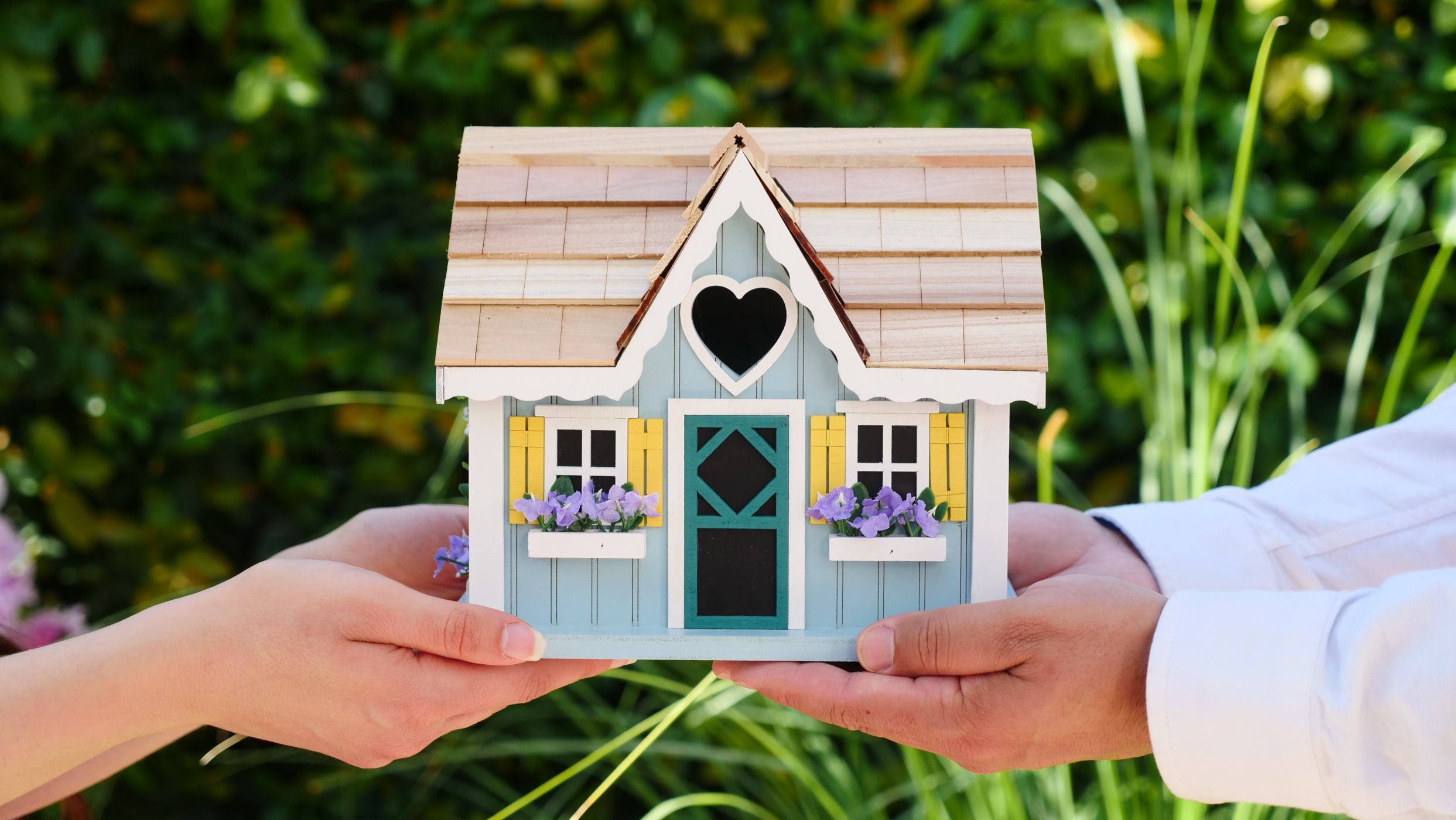
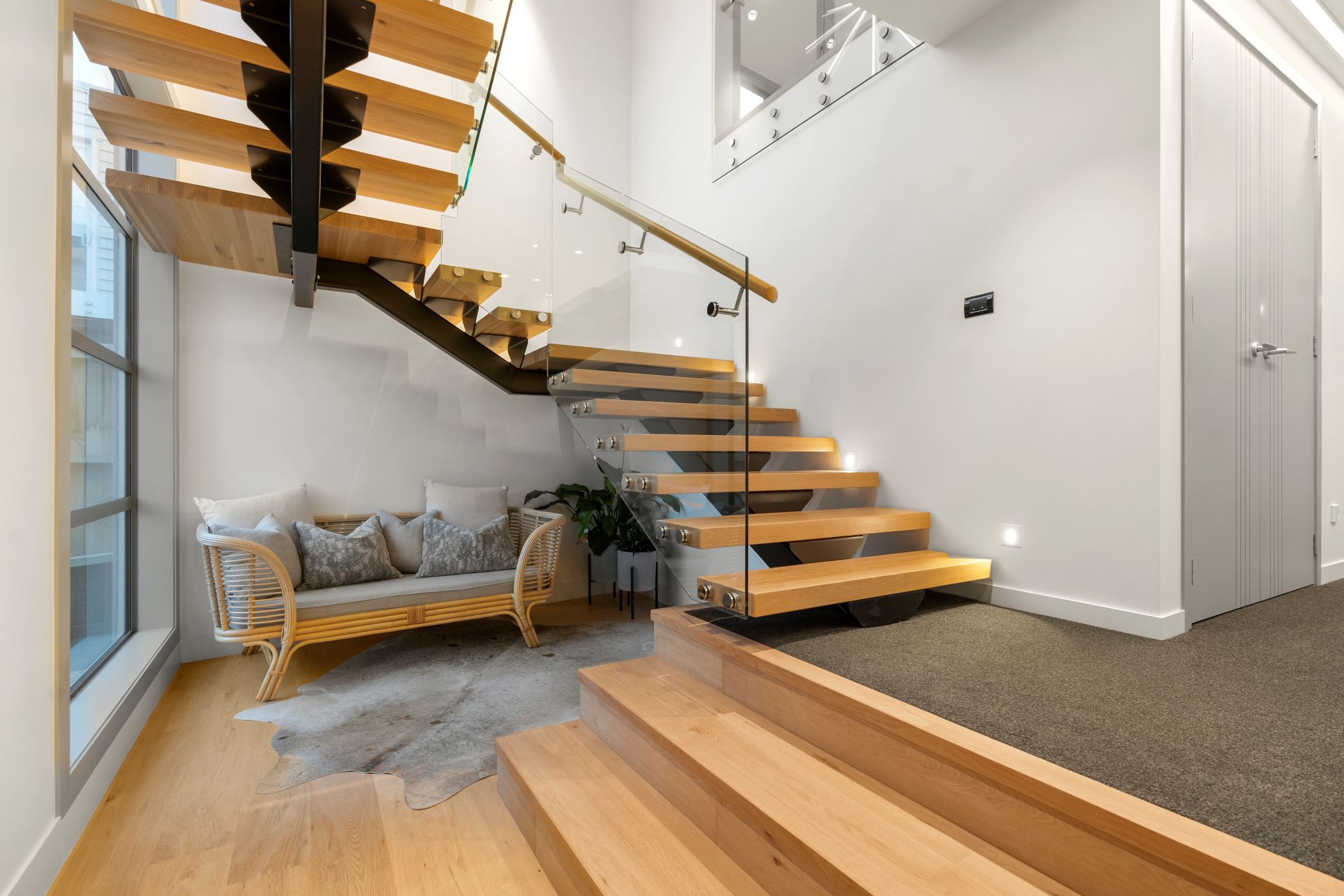
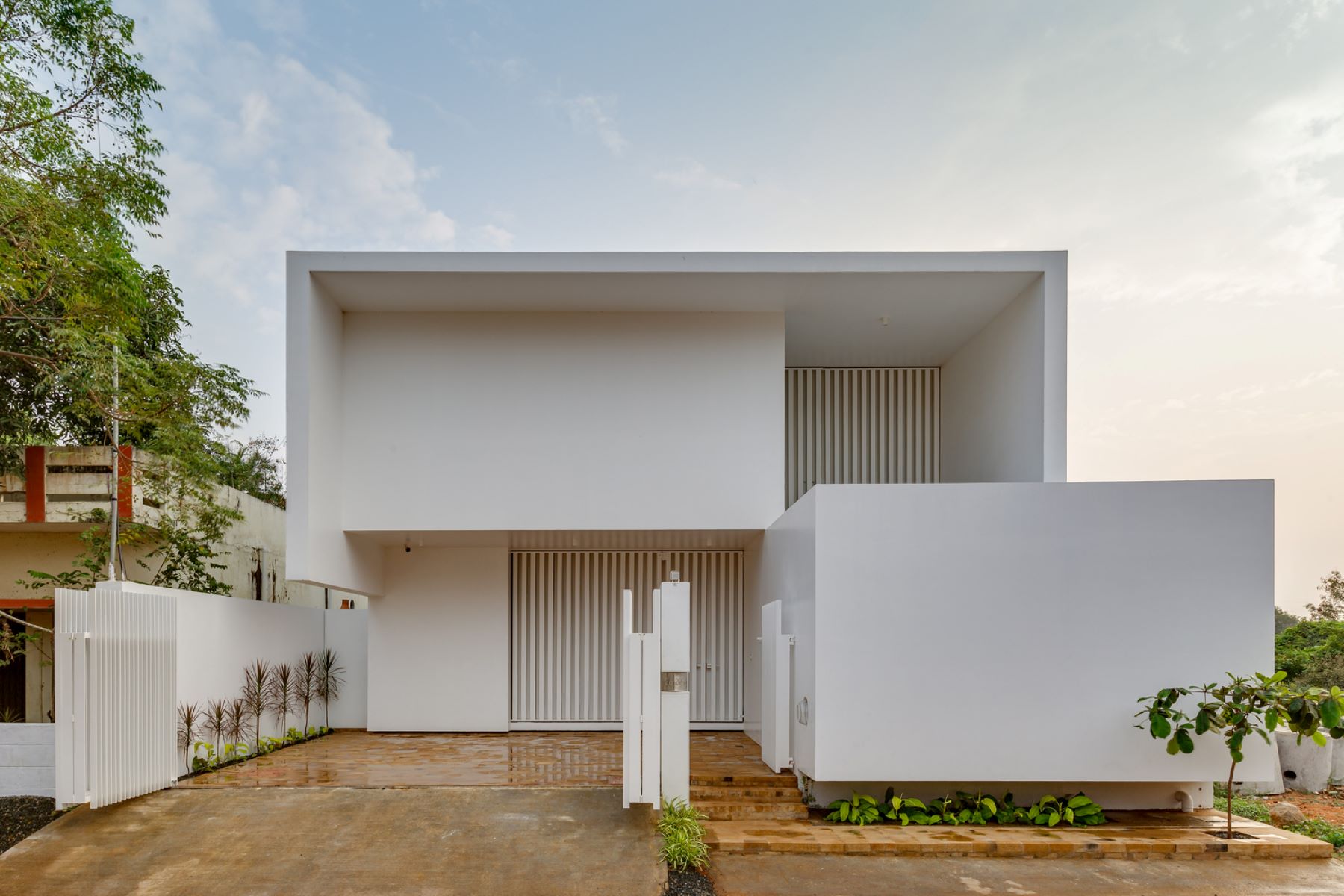

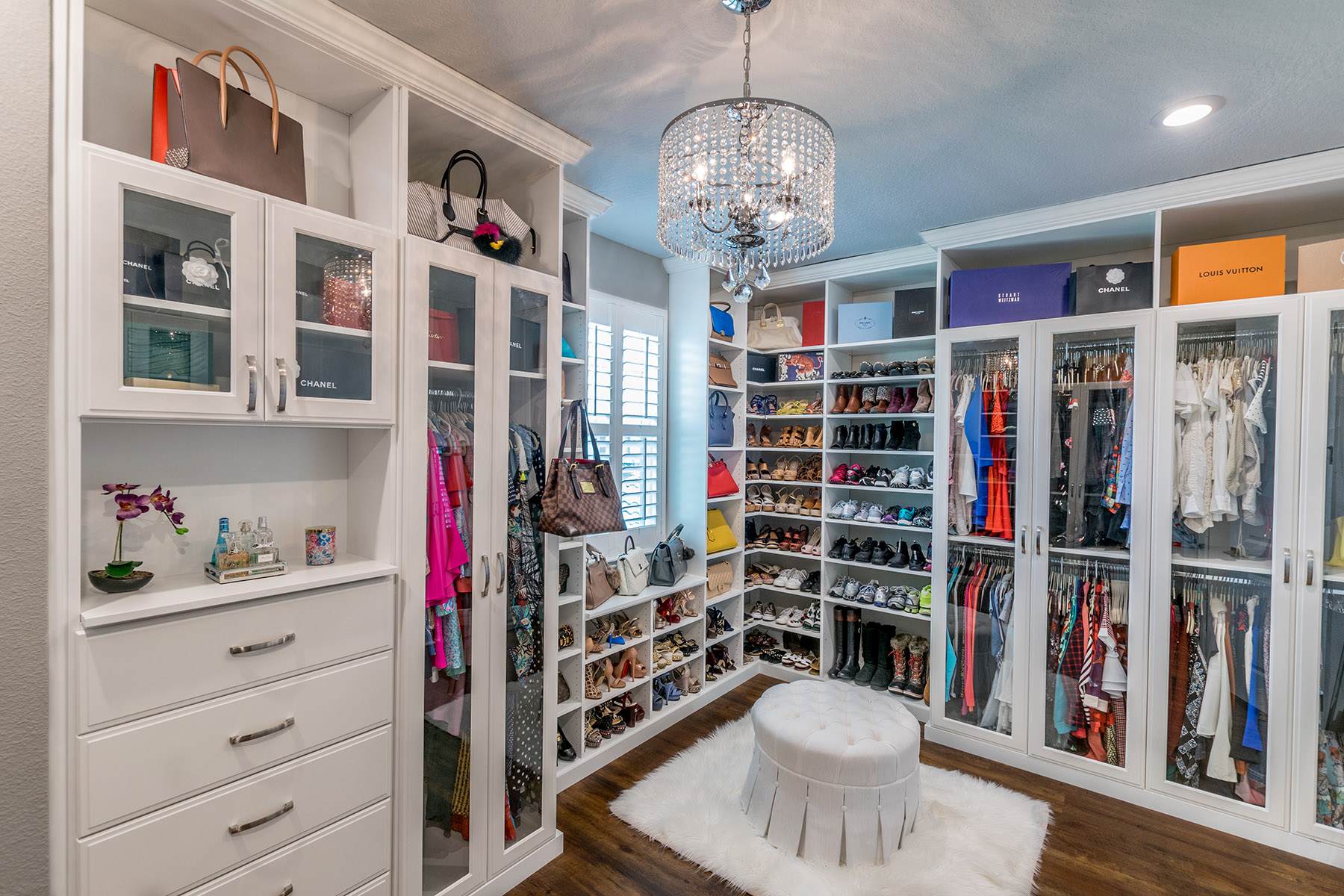
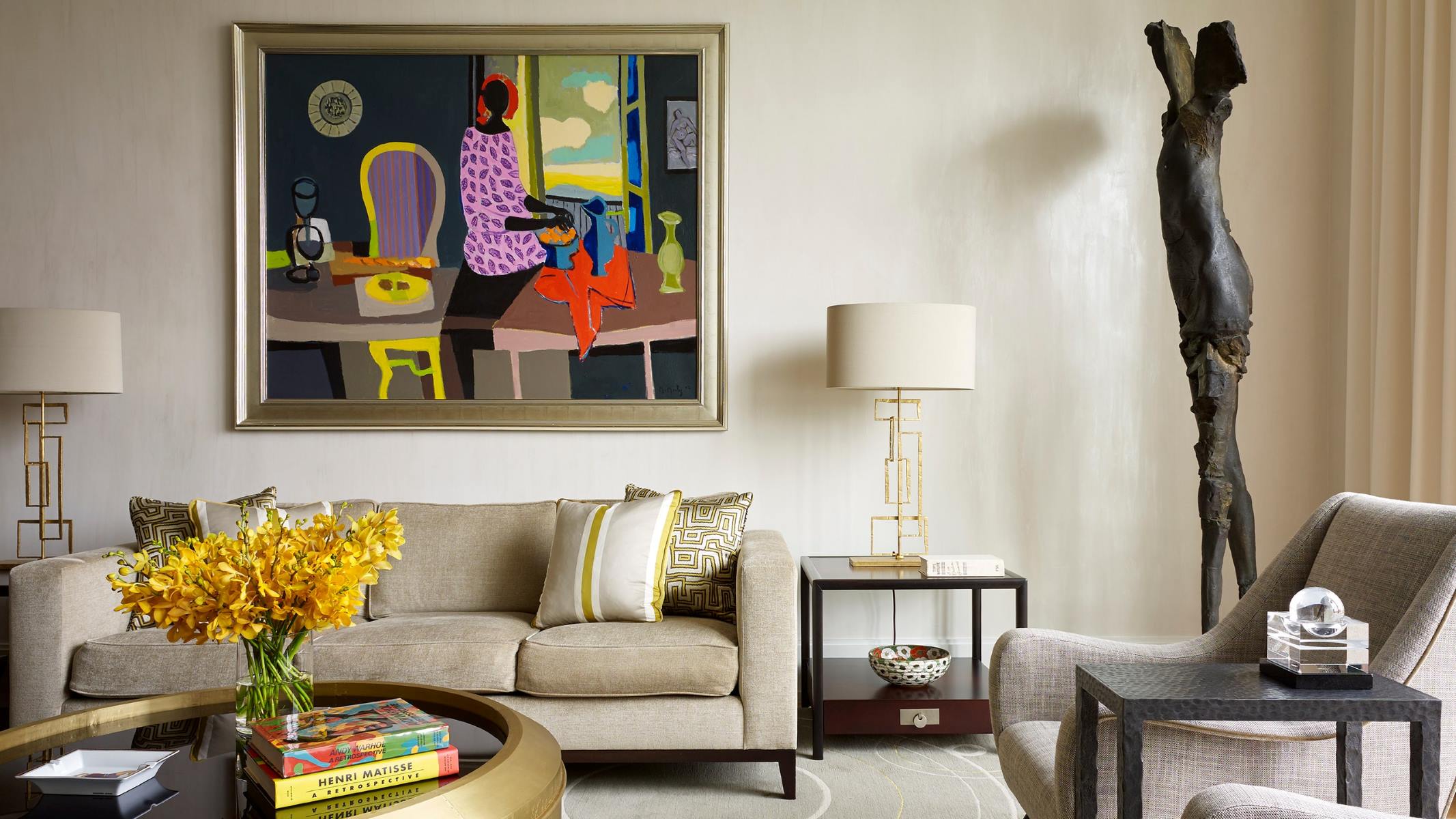
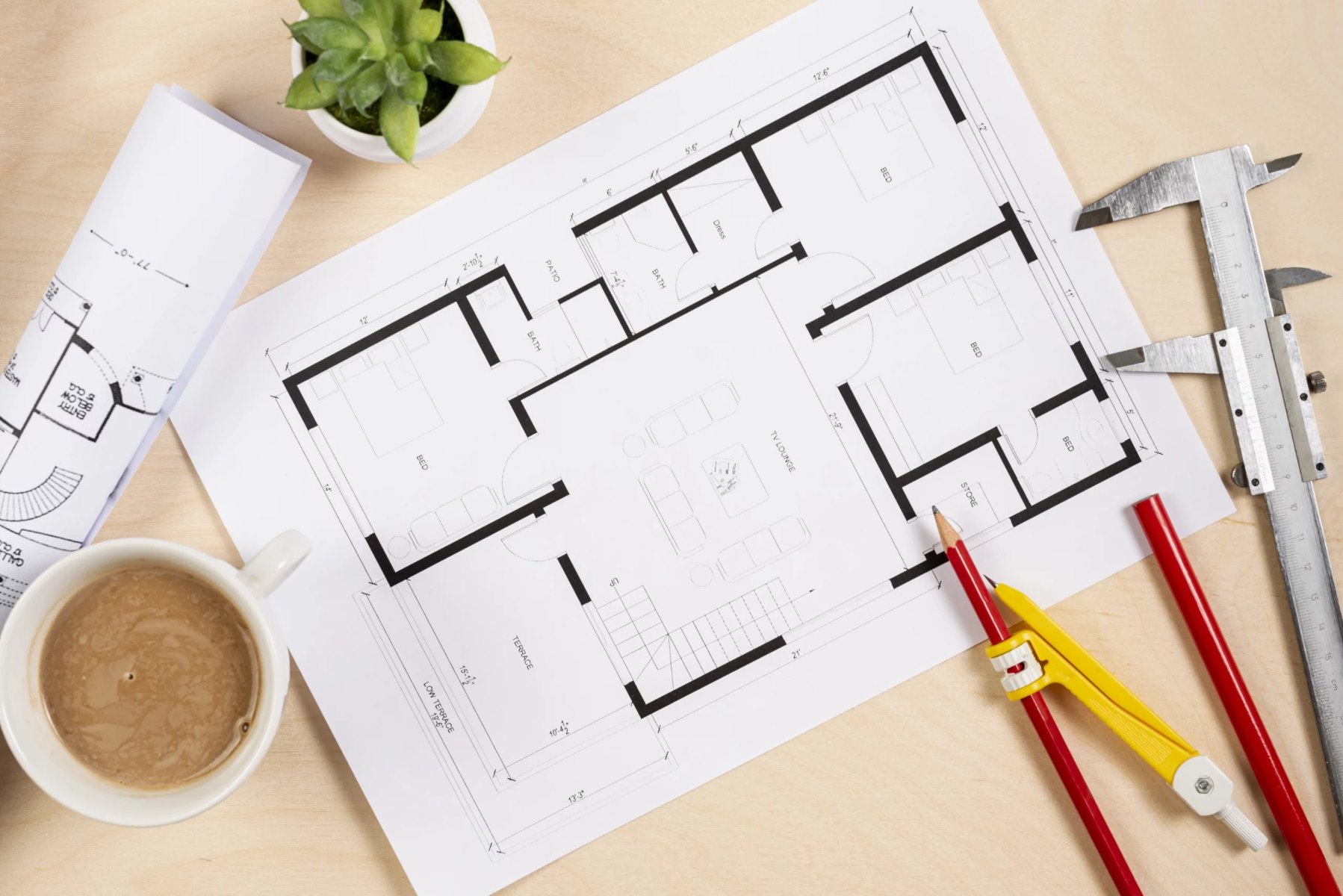
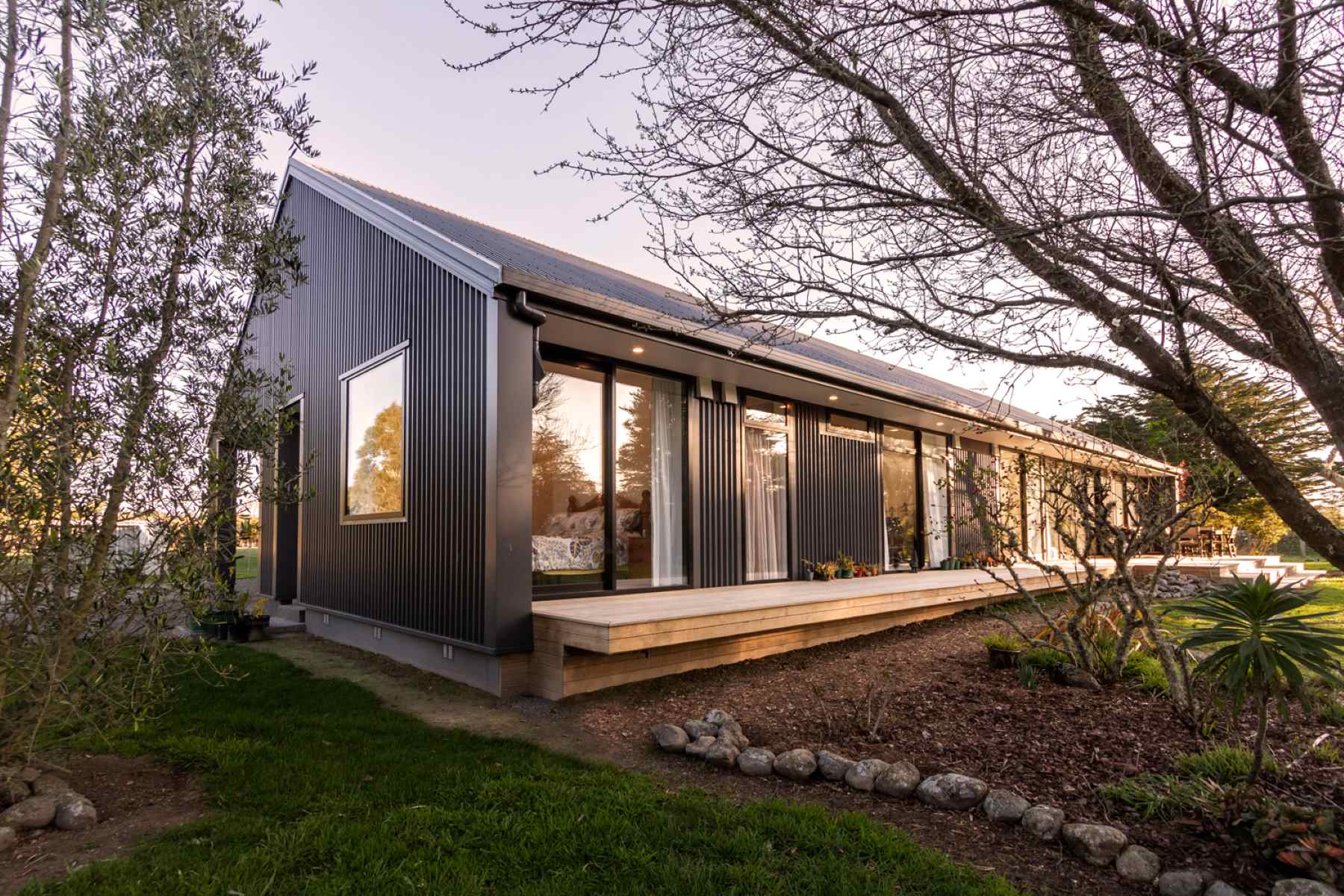

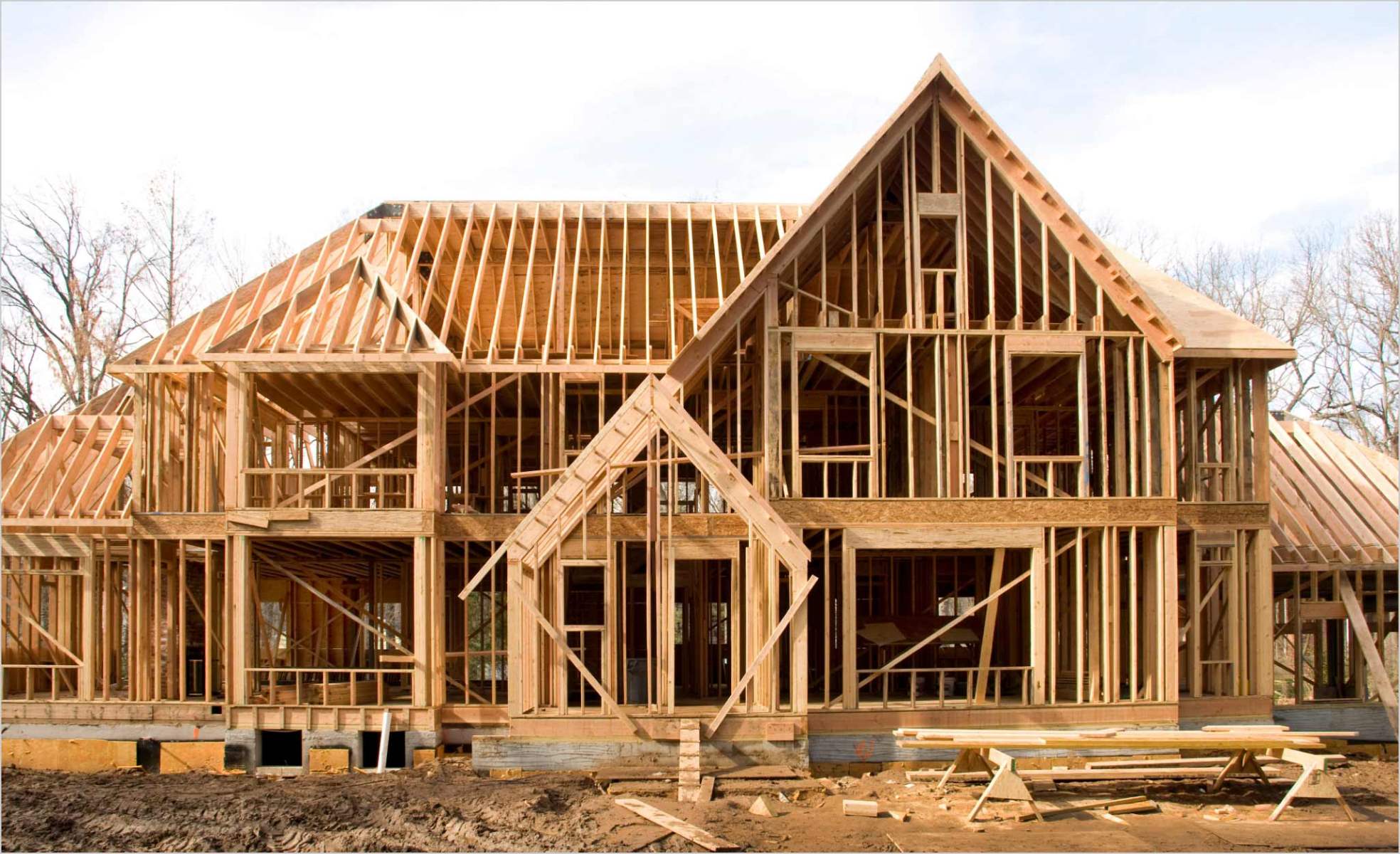


0 thoughts on “How To Design A House In Architecture”